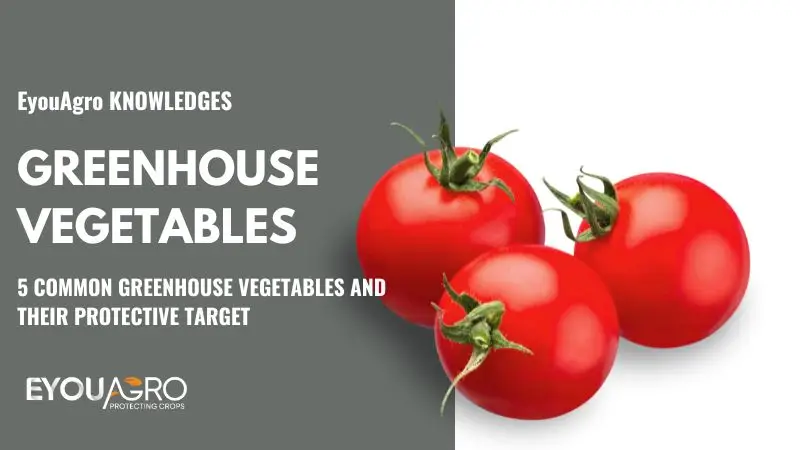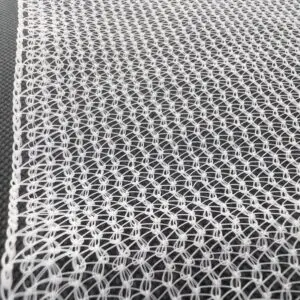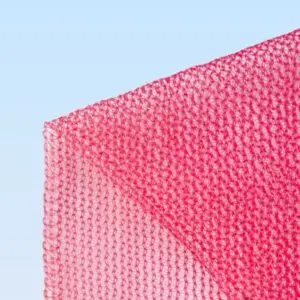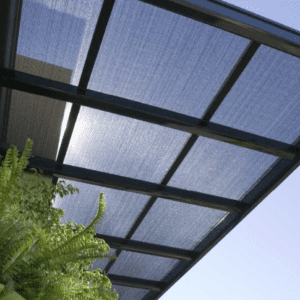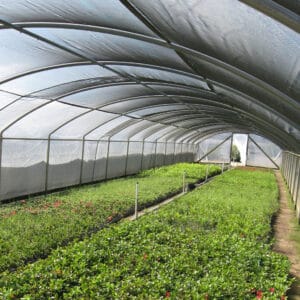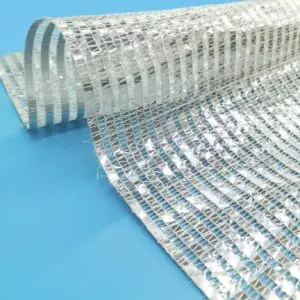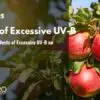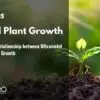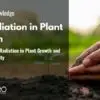Introduction:
Every plant has an environment that is suitable for it to grow and if you find this suitable environment, you will get the highest yield. Even in nature, when the weather is not suitable for the plants, they can still produce them. A good option is to grow some vegetables in a greenhouse, where the temperature, humidity, and light in the greenhouse are regulated so that the plants are grown in a better environment, avoiding many of the uncontrollable elements of nature (cold, heavy rain, etc.). In addition to ensuring vegetable yields, it also avoids pest and disease infestations and saves energy. When designing a greenhouse we need to use different functional greenhouse coverings for each type of vegetable to achieve a regulated indoor environment.
5 Common Vegetables in Greenhouse and Their Protective Targets
Tomato
The optimum temperature for tomatoes: Daytime: 20-30°C, night: 15-20 °C
Optimum soil moisture for tomato growth: 20-25%
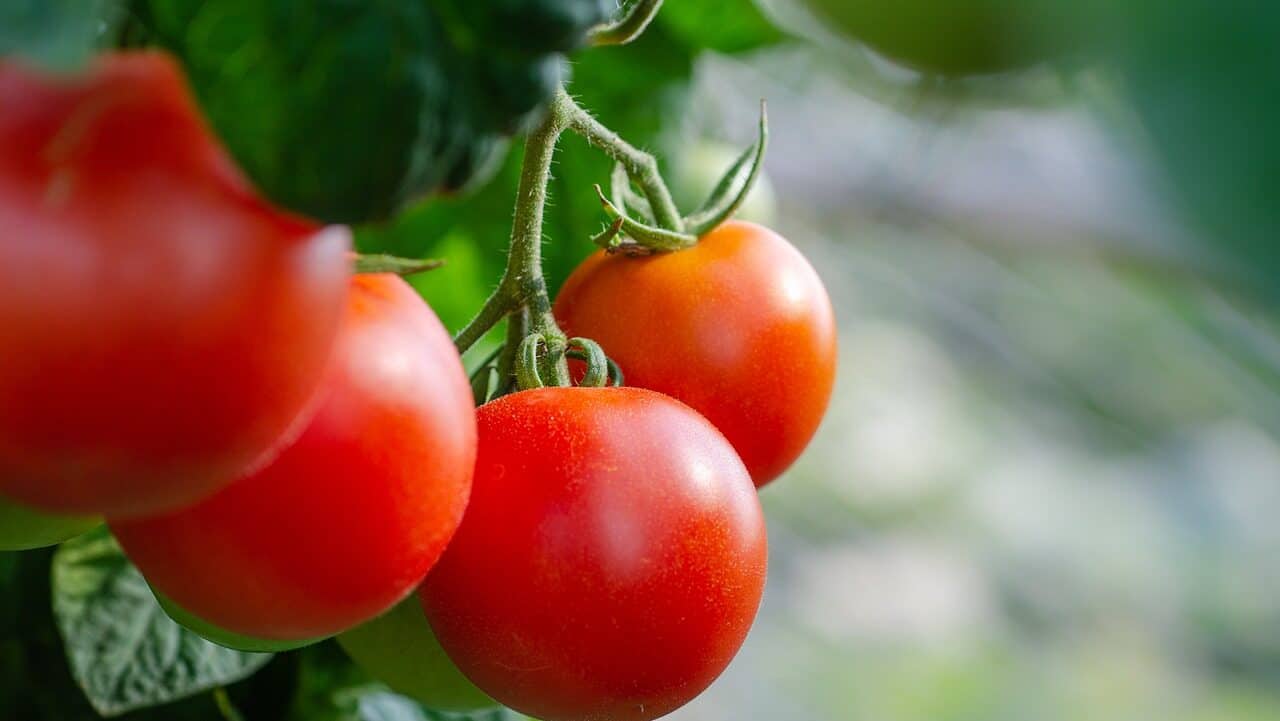
The tolerance of Tomato to high or low temperature is extremely important for flower development and fruit formation.
If the temperature during the day is warmer, and the temperature at night drops below 55 degrees Fahrenheit (13°C) in spring, then the flowers will fall. In summer, if the temperatures reach 90 degrees Fahrenheit (32°C) and the temperature at night exceeds 76 degrees Fahrenheit (24°C), tomatoes will suffer from immature fruits or lose flowers.
Therefore, in the afternoon when the temperature is higher, you should choose a shade net with a shading rate of 20-50%, and for the low temperature at night, you should choose energy savings screens to keep warm.
Protective Target: Save energy, control temperature, and diffuse light
EyouAgro Project Case
A Farm in Spain:
Problem: need to save energy, control greenhouse temperature, and increase diffuse light
Solutions: transparent energy-saving screen
Pepper
The cultivation of pepper requires good light transmission. The suitable temperature for peppers is between 15 and 34 °C (60-90 degrees Fahrenheit). Temperatures below 60 degrees Fahrenheit will slow down growth. If the temperature is lower than 10 °C(50 degrees Fahrenheit), the peppers will not mature.
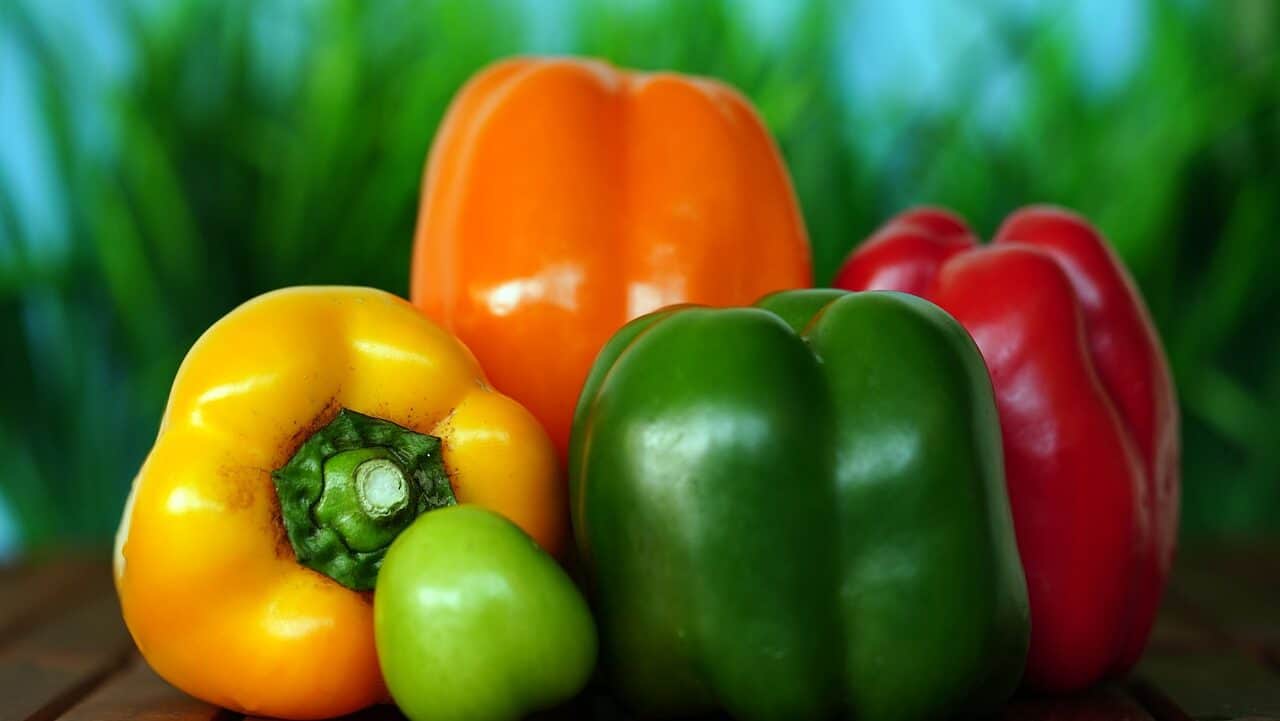
Although high light levels can increase the production of peppers, once the temperature and light exceed the limit, it will also cause damage to the peppers. Therefore, in summer and high temperatures, it is still necessary to use shade to increase the yield.
Protective target: shade, energy saving
EyouAgro Project Case
A Farm in Canada:
Problem: Energy savings, light transmission
Solution: transparent energy-saving screen
Lettuce:
Lettuce is not suitable for growing at a high temperature. After sowing, the temperature can be controlled above 5 °C (41 degrees Fahrenheit)to germinate, and the most suitable germination temperature is about 18 degrees. During the whole growth period of lettuce, control the temperature at 18-22 °C(64-71 degrees Fahrenheit). Lettuce has a relatively large demand for light. Ensure that there is enough light during planting. If the light is insufficient, the growth of lettuce will be greatly hindered, resulting in thin leaves, and reduced yield.
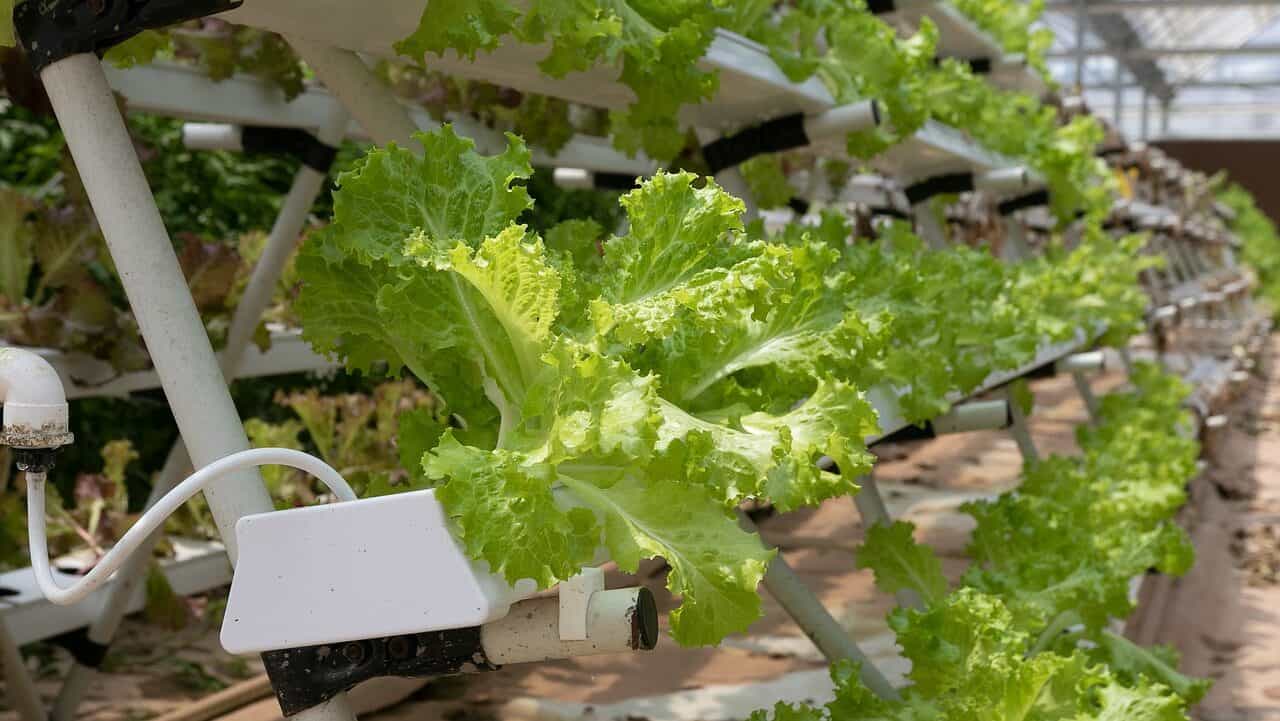
In addition, enough moisture should be ensured throughout the growth period, but lettuce has different moisture requirements at different growth stages.
Protective Target: shade, energy saving
Suggest: The temperature exceeds the optimum temperature: sunscreen
When the temperature is too low (<4 °C ): insulation screen
EyouAgro Project Case
1. A Farm in USA:
Problem: Lower the temperature in the greenhouse
Solution: Internal Aluminet Thermal Screen

2. A Farm in Chile
Problem: Reduced radiation and temperature control
Solution: transparent energy-saving screen
Eggplant
Eggplant likes high temperature, the suitable temperature is 25 -30 °C(77-86 degrees Fahrenheit)during the day, and 15 -20 °C(59-68 degrees Fahrenheit) at night. Below 15°C(59 degrees Fahrenheit), it grows slowly and begins to fall flowers. Metabolism is imbalanced below 10°C(50 degrees Fahrenheit).
Eggplant has higher requirements for light. Under the conditions of full sunshine, eggplants grow vigorously, with good quality of flower bud, high yield of fruits.
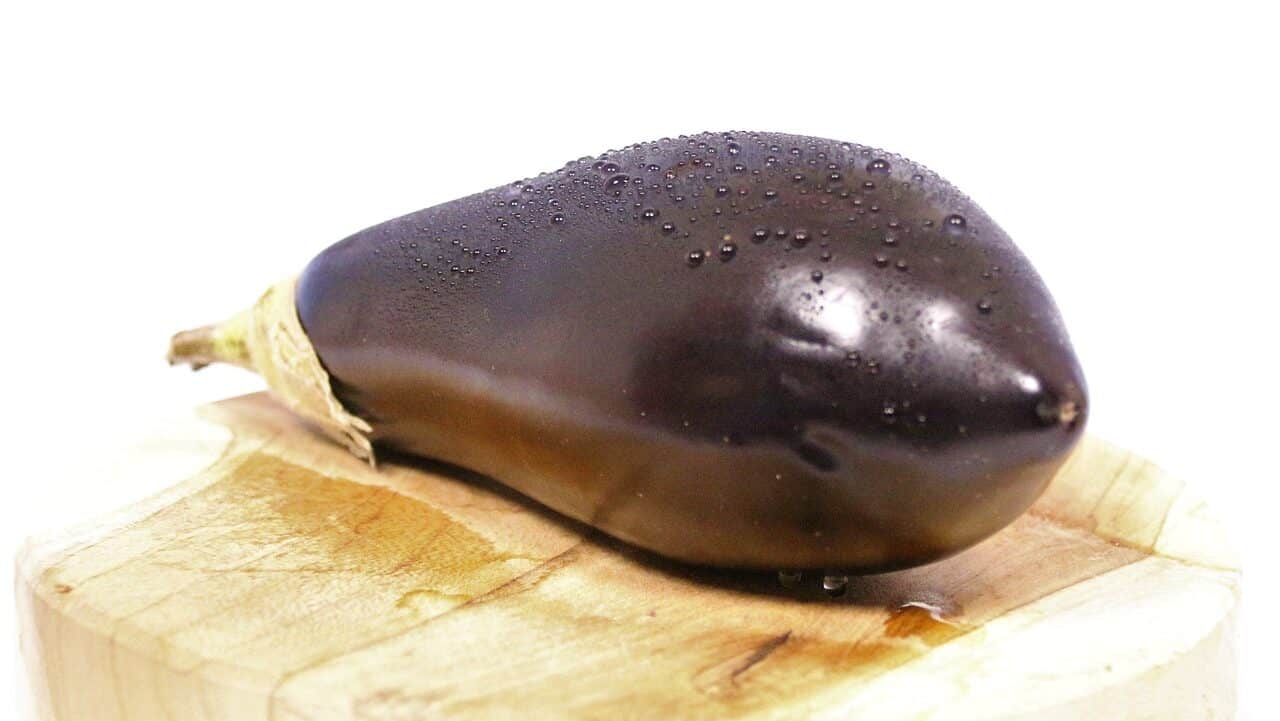
Before an eggplant is formed, it needs less water. Then when it is growing quickly, it needs more water. The water requirement becomes largest before harvest. Although eggplant likes water, it can also cause many problems if the soil is moist and poorly ventilated, and the air humidity is too high.
Protective target: shade, energy saving
EyouAgro Project Case:
A Farm in New Zealand
Problem: Saving energy, control the humidity
Solution: transparent energy-saving screen
Cucumber
Cucumbers like warm environments. Generally, the suitable temperature during the day is 25~30°C(59 -86degrees Fahrenheit), and the temperature at night is 15~20°C(59 -68 degrees Fahrenheit). If the temperature is lower than 10°C, it will cause poor growth of cucumber.
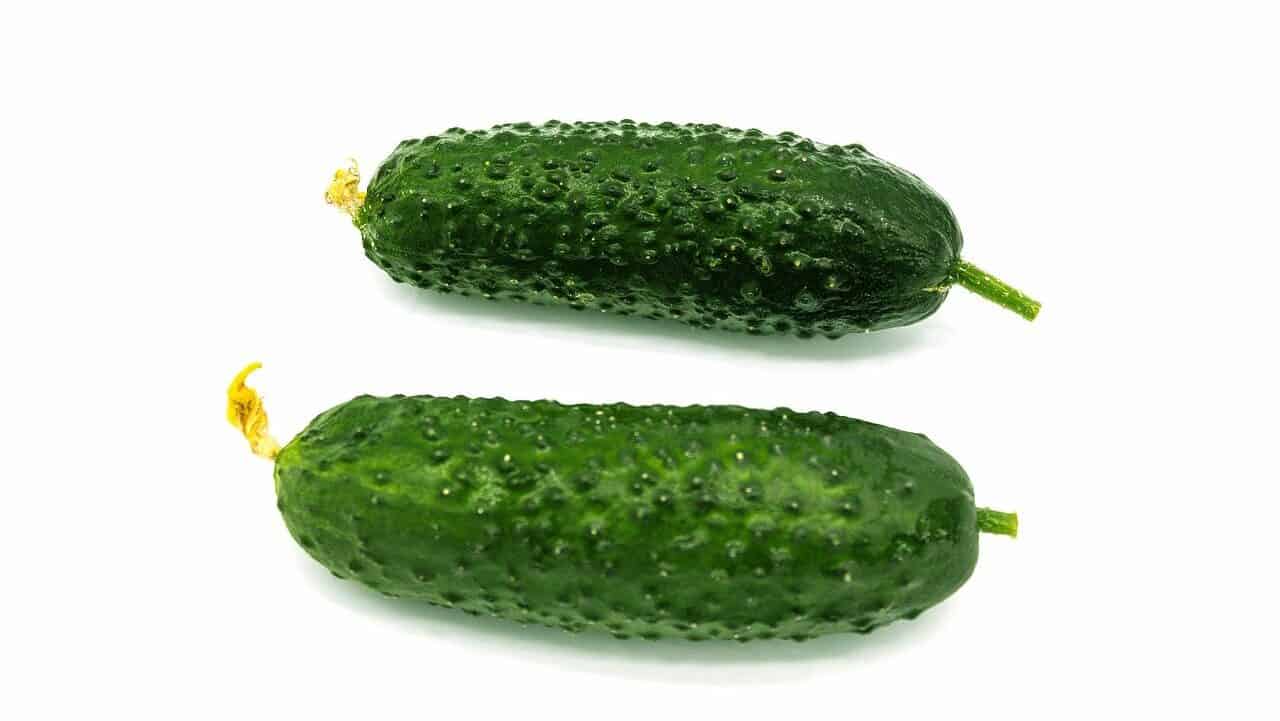
Cucumbers like to grow in sunny places. However, if the temperature exceeds 32°C(90 degrees Fahrenheit), you need to provide shade in the afternoon when the sun is direct. Ignoring the shading of plants can lead to abnormal fruit quality and a large number of male flowers, thereby reducing yield. To provide shade, covering cucumber plants with shade cloth can solve these problems.
Protective Target: save energy, increase light,shade
EyouAgro Project Case:
A Farm in New Zealand
Problem: Light restriction, energy-saving, and temperature control
Solution: transparent energy-saving screen
Conclusion:
In order to effectively regulate temperature, humidity, and light in the greenhouse, we need to use protective screens for the greenhouse, including those with shading, sun protection, and diffuse reflection, etc. Depending on the requirements, different shading rates, thermal insulation rates ,ventilation rates, etc. can be tailored. Precise regulation of the greenhouse environment. So that your greenhouse will produce a constant stream of fresh vegetables for you. No climate to worry about, no pests or diseases to worry about.
EyouAgro netting is a great way to keep a suitable internal environment in your Greenhouse. It’s durable and can withstand the toughest of storms, keeping your plants safe and healthy. It will help them grow better during the hot summer and cold winter.

